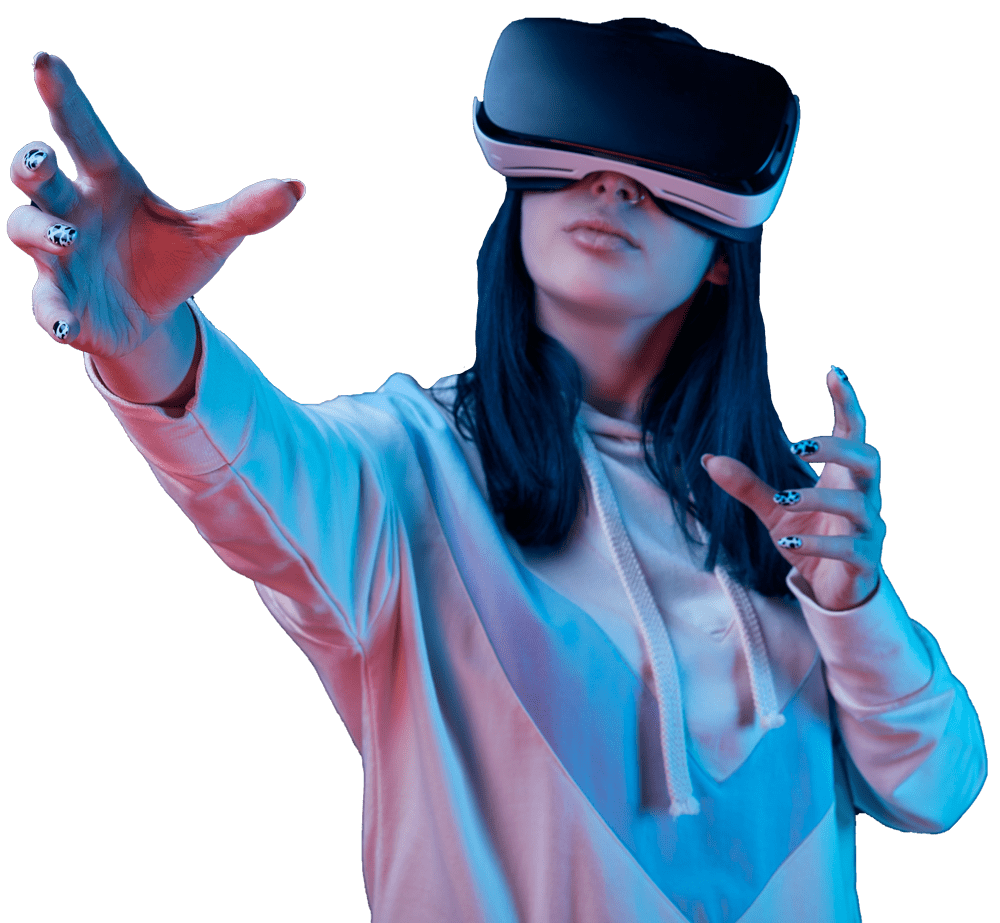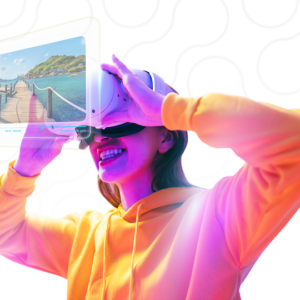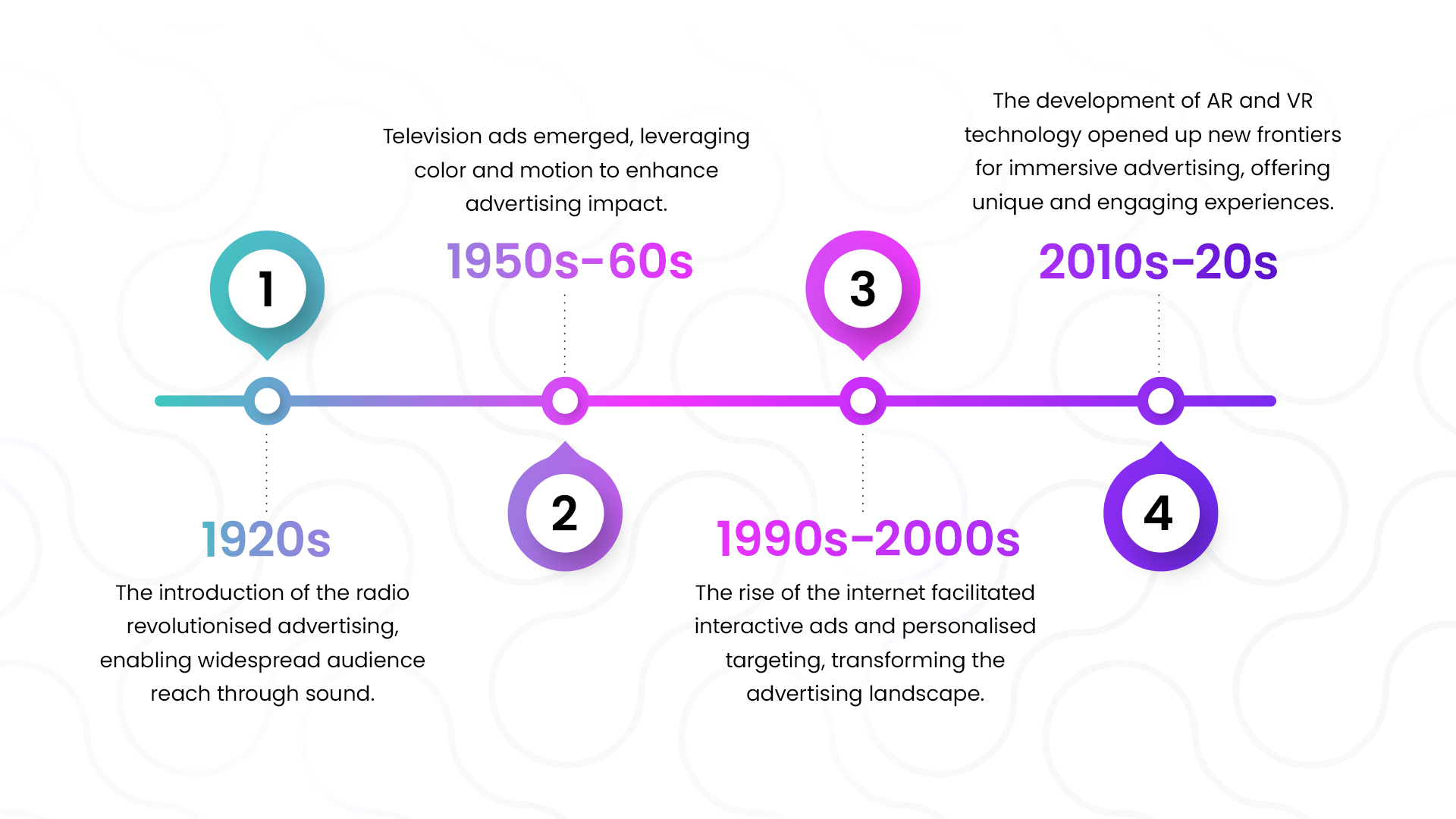The world of virtual reality, once a distant concept from science fiction, is now a tangible reality that is rapidly gaining momentum. While virtual reality may commonly be associated with entertainment and gaming, it does not confine its potential to these realms.
The Evolution of VR Technology
Advertisers have recognised the exceptional potential of VR technology in crafting virtual reality advertising, allowing companies to foster stronger connections with their potential customers. Approximately 67% of media planners and buyers prefer AR/VR advertisements in digital marketing campaigns.
How Does VR Work?
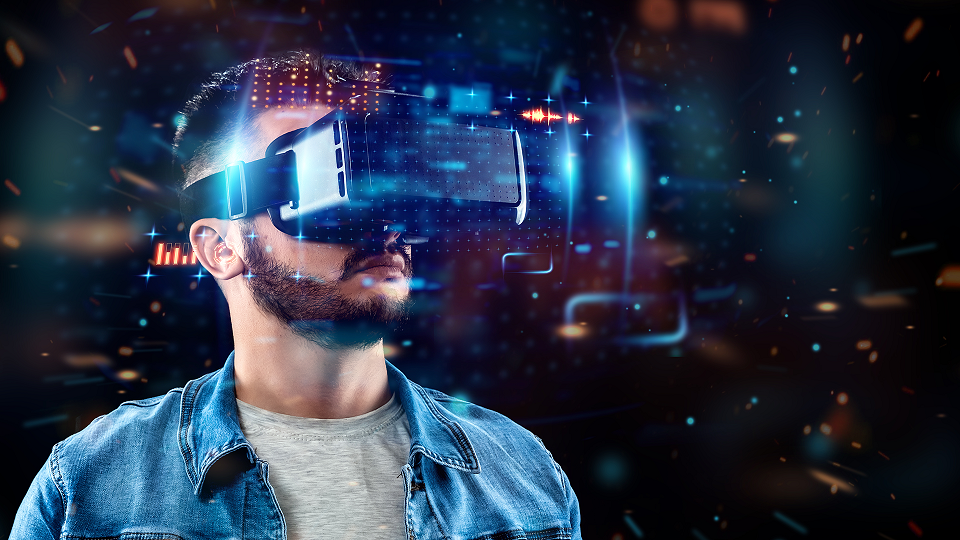
Envision owning a travel agency and wanting to entice your customers with fantastic vacation deals.
Now, dismiss those lacklustre marketing tactics that merely list information about itineraries. Instead, picture a scenario where you allow them to experience the magic firsthand. Yes, you heard it right! That’s the power of virtual reality.
Transport your customers to their dream destinations! Enthral them and ignite their senses while conceptualising the customer journey. With virtual and augmented reality, you can create a virtual yet real-life-like experience that will leave your customers in awe.
Enterprises are exploring the Metaverse, a cohesive virtual reality realm with interconnected immersive experiences. It is an integrated platform for incorporating advertisements, allowing accessibility and ease of VR content consumption.
Spark Engagement, Elevate Experiences
Immersive advertising is a favoured power move for brands looking to take customer experience to the next level. It’s like stepping into a whole new dimension of advertising where seamless, mind-blowing sensory experiences reign supreme.
Buckle up to unlock the full potential of VR and learn how to revolutionise your marketing strategy.
Success Stories: Pioneers That Pushed Boundaries
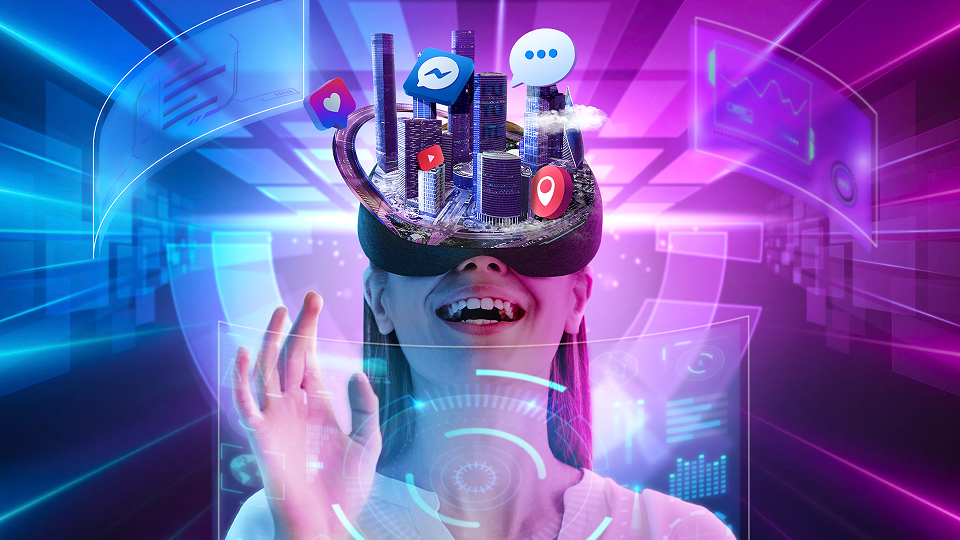
Virtual showrooms: Audi established virtual showrooms where prospective customers could intricately explore cars in a hyper-realistic digital environment.
Virtual product demonstrations: Samsung harnessed the power of VR to showcase the myriad features of their latest smartphones and wearable devices.
Virtual tours: Marriott Hotels offers mesmerising virtual tours of their captivating hotel properties to showcase their indulgent amenities and rooms.
Virtual events: Oculus orchestrated virtual events to unveil their latest virtual reality headsets and software updates.
Gamification: Coca-Cola ingeniously integrated a VR game that enticed users to collect virtual items and compete for prizes.
Virtual try-on: Sephora leveraged a virtual try-on experience empowering customers to virtually test makeup products on their visages, facilitating informed purchase decisions.
Virtual brand experience: Red Bull crafted an exhilarating virtual brand experience that simulated the sensation of wingsuit flying, immersing users in a realm of adrenaline.
VR storytelling: The New York Times curated a VR documentary that transported viewers to different locations, fostering profound immersion.
VR exhibition: The British Museum created a VR exhibition enabling users to delve into the depths of ancient artefacts and historical sites.
Here’s why You Need to Invest in VR Immersive Advertising
- Enhanced Interaction
- Highly Informative Visualisation
- Enriched Brand Remembrance
- Tailored Consumer Journey
- Dynamic Product/Service Demonstrations
- Cutting- Edge Brand Perception
- Expanded Reach and Accessibility
- Efficient Marketing Investment
Let’s look at the execution and triumph of two early adopters who embraced
Immersive marketing.
i. Drive a Volvo using VR
Driving into the Future
Volvo’s 2014 campaign promoted the unreleased XC90 model with a unique virtual reality test drive in Vancouver, using 360-degree live-action content. The goal was to generate pre-release interest and excitement among potential customers.
Takeover The Wheels
The campaign used 360-degree live-action content in the Volvo app to showcase the car’s performance, and it reached a mass audience by utilising Google Cardboard, a low-cost VR headset compatible with smartphones.
Redefining Automotive Adventure Using Virtual Test Drive
The VR test drive was promoted through social media, online ads, and email marketing, targeting a younger demographic interested in innovative experiences and early adopters of new technology.
New Marketing Milestones using VR Technology
The VR test drive received accolades from experts, differentiating Volvo as an industry leader and setting a new standard for innovative marketing in the automotive industry.
ii. Fashion Revolution by Tommy Hilfiger
A virtual fashion runway show was created by replicating the ambience and excitement of a real-world show.
Front Row at the Virtual Fashion Show
Along with a 360-degree view of the models and their exquisite collection in a far-fetched setting, customers were treated to a captivating front-row experience. Yet another exciting detail was that customers even had access to the backstage!
Seamless Immersive Experience
Tommy Hilfiger amplified brand visibility while significantly achieving brand advocacy. The connection created through the VR experience translated into increased conversions and repeated purchases.
The campaign exemplifies the power of virtual reality in transforming the retail advertising landscape.
Breaking Barriers Using VR
Virtual reality has forged an unprecedented connection between brands and consumers, elevating brand communication to new heights. This technology can empower your business to design impactful personalised products and services catering to your intended audience. AR-based shopping prompts nearly half of all consumers to increase their spending limit.
A study showed that AR and VR increased customers’ purchase intentions. AR was more effective at stimulating purchases, while VR created positive brand attitudes. Both were effective in fulfilling marketing goals, each for a specific objective.
VR enables consumers to actively engage in a brand’s promotional efforts actively, fostering deeper connections on both cognitive and emotional levels. This heightened engagement boosts brand awareness and improves brand recall, leaving a lasting impression on consumers.
It’s More than Just a Trend
Companies like Meta extensively test embedded advertisements within the Oculus Quest headsets. Luxury brands are rapidly leveraging VR ads to inspire new conversations.
By incorporating such technologies in marketing campaigns, brands can demonstrate their research and development endeavours to prospective customers.
Virtual reality is bound to skyrocket in the coming years. It is more than just a fad – it’s a transformative force in the advertising industry.
With that being said, we can assert that the possibilities are limitless. VR is widening the horizon for all industries as it is poised to position itself as a mainstay for marketers.
MIU : Your Gateway to Success
Are you a business owner? If so, wouldn’t you want to outshine your competitors in this fiercely competitive landscape?
We are here and you are in capable hands.
The Majestic crowned us as Singapore’s No. 1 AR/VR development companies. But we don’t just want you to know it, we want you to feel it.
Reach out to us and we’ll help set you apart by differentiating your marketing campaigns with innovative solutions.
Let us propel your business towards success together.

